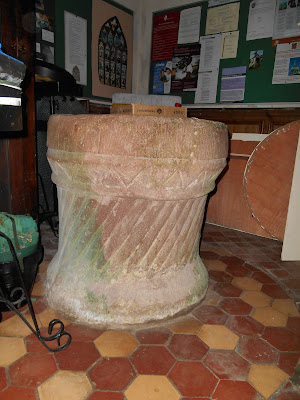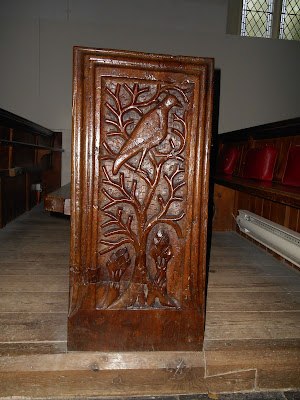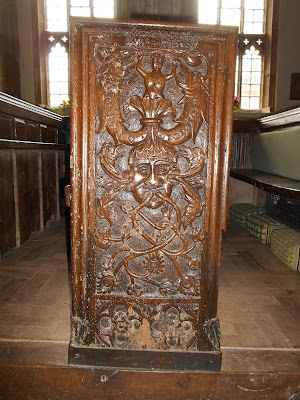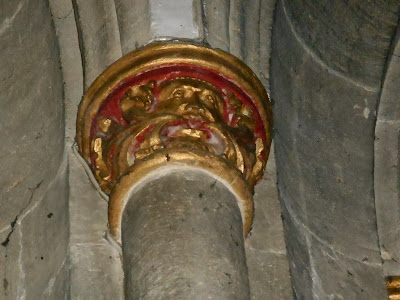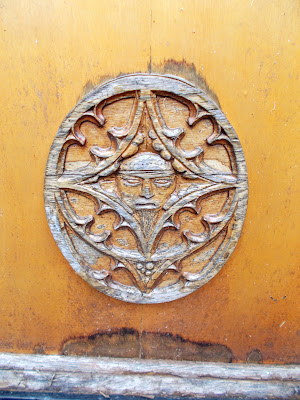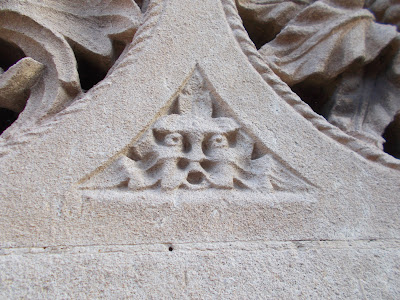Saturday, 17 December 2022
St Andrew's Church, Stogursey
Thursday, 1 December 2022
The Green Man
The best definition I have found for the Green Man is the following by Clive Hicks in his book The Green Man: A Field Guide (published 2001):
"The Green Man is an image and an idea. It is the image of a human face associated with foliage and it is the idea that makes real the connection between humanity and nature. The image personifies the idea."
The earliest Green Men in Britain, probably arrived with the Normans but the majority of Green Man images are found carved in wood or stone in medieval churches and cathedrals. They are also found in some European countries, especially France and Germany.
The Green Man is also used as a name for a public house in England, although there are none in Somerset (the closest are in Barnstaple, Kings Stag (Dorset) and Bristol).
The term Green Man was first used by Lady Raglan in 1939. Before this time they were usually described as "foliate heads".
No medieval written records have been found about Green Men, so their original meaning is shrouded in mystery. They may have their origins in ancient mythology, which lives on today in folk customs, for example May Day celebrations, which sometimes include a character known as Jack-in-the-Green and have the theme of regeneration/rebirth. Alternatively their origins may lie with "wild-men" who lived in the woods on the fringes of society in the Middle Ages, for example Robin Hood. Or they could come from an innate part of the human psyche where the Green Man symbolises the realisation and acceptance that humanity and the world are inseparable.
There are three main types of Green Men:
- Have faces formed of leaves
- Have faces where foliage comes out of the face, usually the mouth but occasionally the nose, ears or eyes. This is the most common type in medieval carvings in England
- The face is set amongst the foliage.
There are a few theories as to why so many Green Men are found in British churches:
- They are a customary decoration
- They are a witness to the events of the Christian story: Nativity, Crucifixion, Last Judgment etc and the cycle of life
- They are there to teach us to behave better and to deter us from sinning
Somerset has more than its fair share of Green Men. Here are a few I have spotted:
Capital, St Andrew's Church, Banwell
St Nicholas's Church, Withycombe






